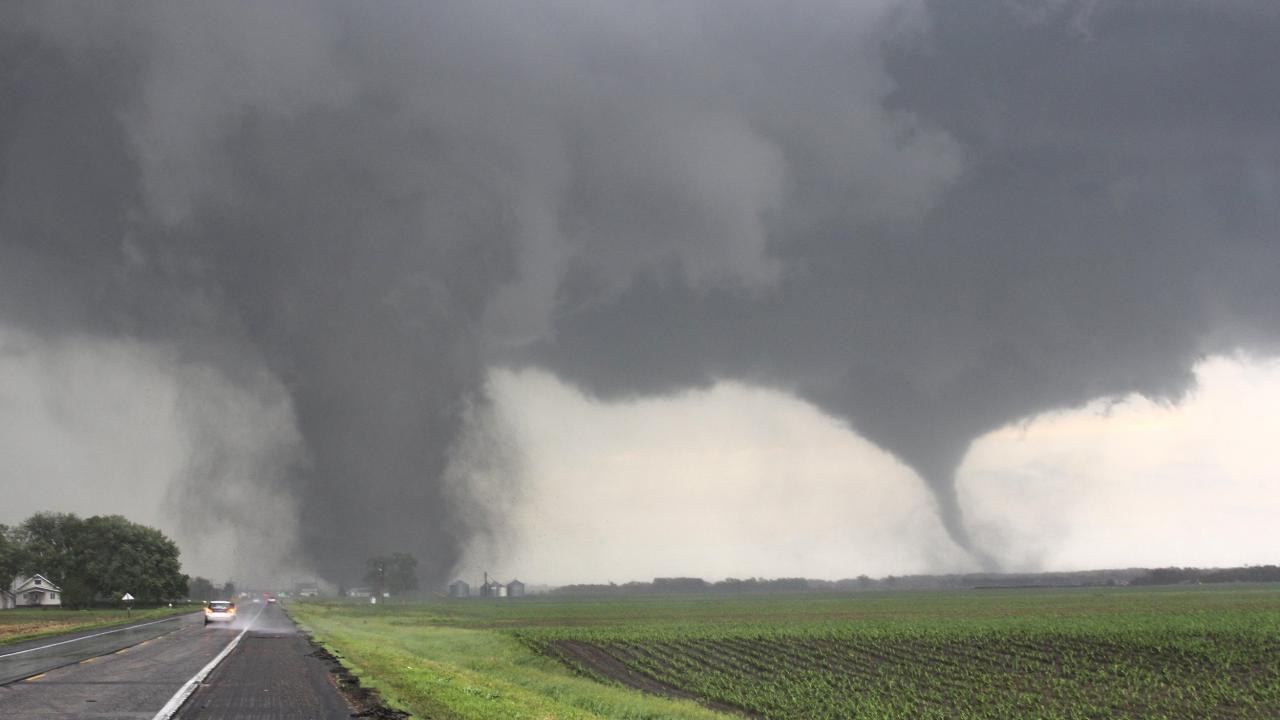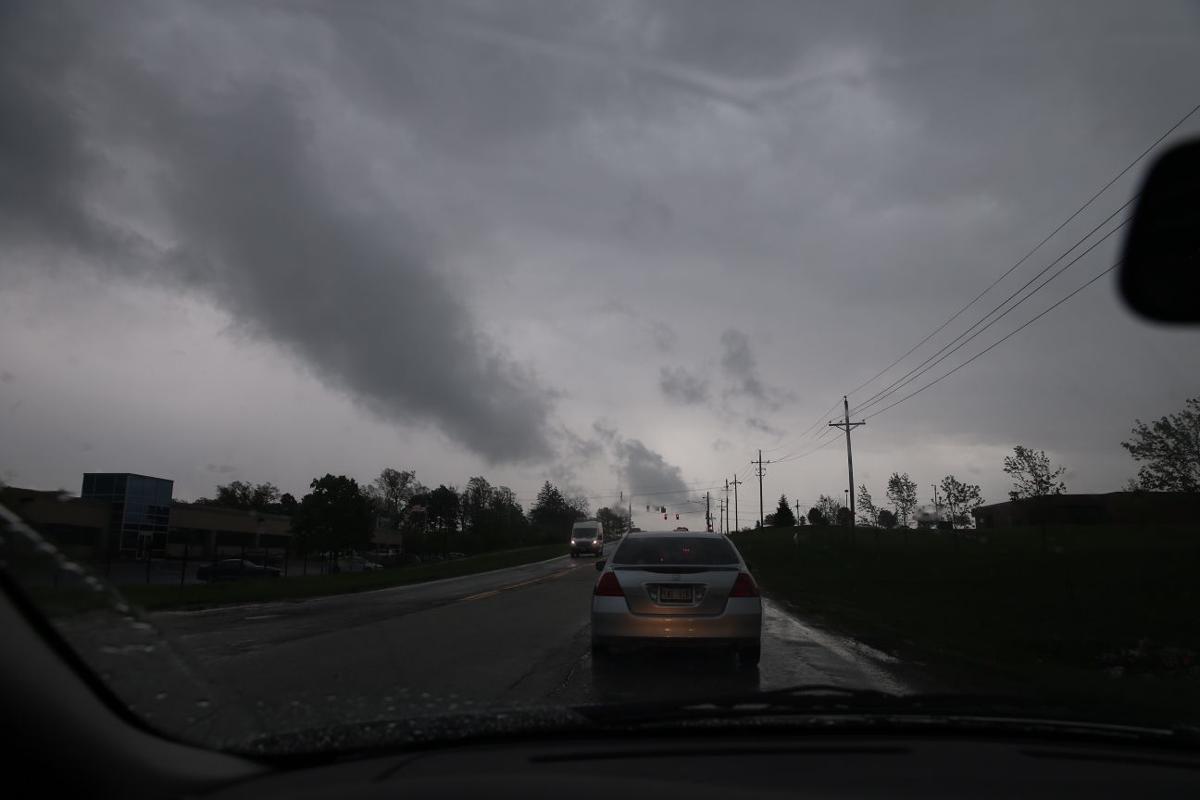
Tornado in Omaha today is a pressing concern, demanding immediate attention. This article delves into the historical occurrences, preparedness measures, safety protocols, aftermath impacts, and scientific insights surrounding tornadoes in Omaha, providing a comprehensive guide to safeguard individuals and communities.
With a history of notable tornadoes and an average frequency of occurrence, Omaha residents must be vigilant in their preparedness efforts. Understanding the different types of tornado warnings and watches, creating an emergency plan, and assembling a disaster kit are crucial steps towards ensuring safety.
Historical Occurrences

Omaha has experienced several notable tornadoes throughout its history, including the devastating F4 tornado that struck the city in 1975. This tornado caused widespread damage and claimed the lives of three people. In addition, an F3 tornado hit Omaha in 2008, resulting in injuries and property damage.
According to statistics, Omaha averages about one tornado per year, with most occurring during the spring and summer months. The city is located in Tornado Alley, a region of the central United States that experiences a high frequency of tornadoes.
Tornado Preparedness: Tornado In Omaha Today
There are different types of tornado warnings and watches issued by the National Weather Service. A tornado watch means that conditions are favorable for tornadoes to develop, while a tornado warning indicates that a tornado has been spotted or detected by radar.
To prepare for a tornado, it is important to create an emergency plan and assemble a disaster kit. The emergency plan should include evacuation routes and meeting places, while the disaster kit should contain essential items such as food, water, first-aid supplies, and medications.
Community preparedness and response plans are also crucial in mitigating the impact of tornadoes. These plans Artikel the roles and responsibilities of different organizations and agencies in responding to a tornado event.
Tornado Safety

The safest places to seek shelter during a tornado are in basements or underground storm cellars. If these are not available, interior rooms on the lowest floor of a building can provide some protection.
If caught outside during a tornado, it is important to find a low-lying area and lie flat. Avoid seeking shelter under trees or power lines.
To stay informed about tornado warnings and updates, it is recommended to have multiple sources of information, such as weather apps, NOAA weather radios, and local news broadcasts.
Tornado Aftermath
Tornadoes can have a devastating impact on infrastructure, property, and the environment. They can cause widespread damage to buildings, homes, and businesses, as well as disrupt transportation and communication systems.
After a tornado, emergency responders play a crucial role in providing aid and assistance to affected individuals and communities. They work to clear debris, restore essential services, and provide medical care.
There are various resources available to individuals and communities affected by tornadoes. These resources include financial assistance, housing assistance, and counseling services.
Tornado Science

Tornadoes form when warm, moist air from the Gulf of Mexico meets cold, dry air from the north. These conditions create instability in the atmosphere, which can lead to the formation of thunderstorms. If the updrafts within a thunderstorm are strong enough, they can rotate and form a tornado.
There are different types of tornadoes, including weak tornadoes (F0-F1), strong tornadoes (F2-F3), and violent tornadoes (F4-F5). The Fujita scale is used to rate the intensity of tornadoes based on the damage they cause.
Ongoing research and advancements in tornado prediction and forecasting are helping to improve the accuracy and lead time of tornado warnings. This is leading to better preparedness and reduced damage from tornadoes.
Final Wrap-Up
In the aftermath of a tornado, swift response and recovery are paramount. Emergency responders play a vital role in providing aid and assistance, while individuals and communities can access resources to rebuild and restore their lives. Ongoing research and advancements in tornado prediction and forecasting continue to enhance our understanding of these powerful weather events, enabling us to better prepare and mitigate their impact.
FAQ
What are the safest places to seek shelter during a tornado?
The safest places to seek shelter during a tornado are interior rooms on the lowest floor of a sturdy building, such as a basement or storm cellar. If an underground shelter is not available, seek shelter in an interior room without windows, such as a bathroom or closet.
What should I do if I am caught outside during a tornado?
If you are caught outside during a tornado, find a sturdy shelter immediately. If no shelter is available, lie down flat in a ditch or other low-lying area and cover your head with your hands.
How can I stay informed about tornado warnings and updates?
You can stay informed about tornado warnings and updates by listening to local radio or television stations, or by signing up for weather alerts on your mobile phone. You can also follow the National Weather Service on social media for the latest updates.





